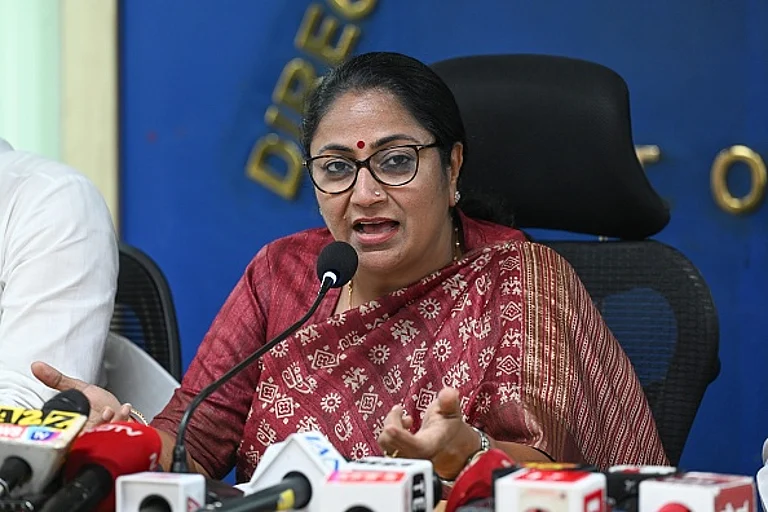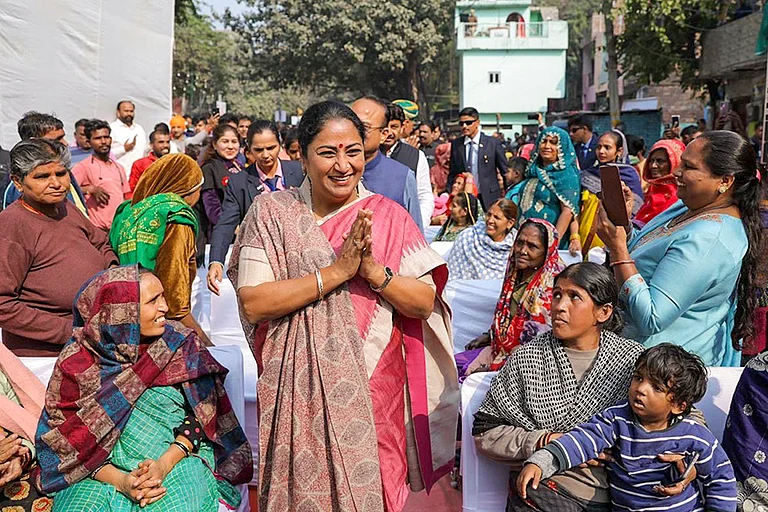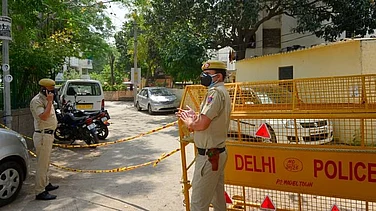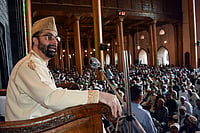
Delhi Chief Minister Rekha Gupta on Friday emphasised the importance of cloud seeding for the national capital.
Gupta had earlier shared on X that the trial, conducted in the Burari area on Thursday night, was a landmark step.
Officials explained that the trial involved releasing small amounts of silver iodide and sodium chloride, compounds commonly used to stimulate artificial rainfall—from an aircraft.
Delhi Chief Minister Rekha Gupta on Friday emphasised the importance of cloud seeding for the national capital, highlighting its potential role in curbing the city’s rising pollution levels during the winter months.
Commenting on a successful test conducted on Thursday, Gupta said, “Cloud seeding is a first-of-its-kind initiative. We are conducting this trial over the city as it may help reduce air pollution.” She added, “We are optimistic about the success of this technology, which could provide solutions to environmental challenges, particularly in winter.”
Gupta had earlier shared on X that the trial, conducted in the Burari area on Thursday night, was a landmark step. “For the first time in Delhi, preparations have been completed to induce artificial rain through cloud seeding, marking a significant technological milestone in the capital’s fight against air pollution. Experts successfully carried out a test in Burari,” she wrote.
Officials explained that the trial involved releasing small amounts of silver iodide and sodium chloride, compounds commonly used to stimulate artificial rainfall, from an aircraft.
However, the experiment faced a limitation due to low atmospheric moisture, recorded at less than 20 percent. Typically, cloud seeding requires around 50 percent moisture, which meant no rainfall occurred during the trial.
IIT-Kanpur, which co-developed the project with the Delhi government, noted in its report, “This flight was a proving mission to evaluate cloud-seeding capabilities, the readiness and endurance of the aircraft, the functioning of the seeding equipment and flares, and the coordination among all participating agencies. No precipitation occurred, as cloud cover was minimal and moisture content was below 15 percent.” The report also highlighted that specially-designed flares were used to release silver iodide and sodium chloride.
Delhi Environment Minister Manjinder Singh Sirsa echoed the assessment, stating that the flight tested the system’s capabilities, aircraft endurance, and inter-agency coordination.
The cloud-seeding initiative, a collaboration between IIT-Kanpur and the Delhi government, is designed to explore artificial rainfall as a potential measure to lower particulate pollution levels during the post-Diwali smog season.
With PTI inputs



























